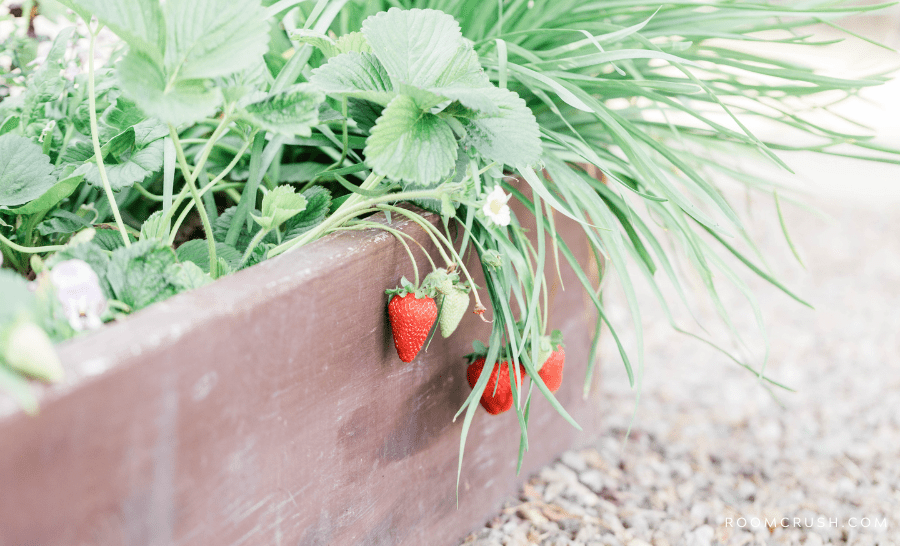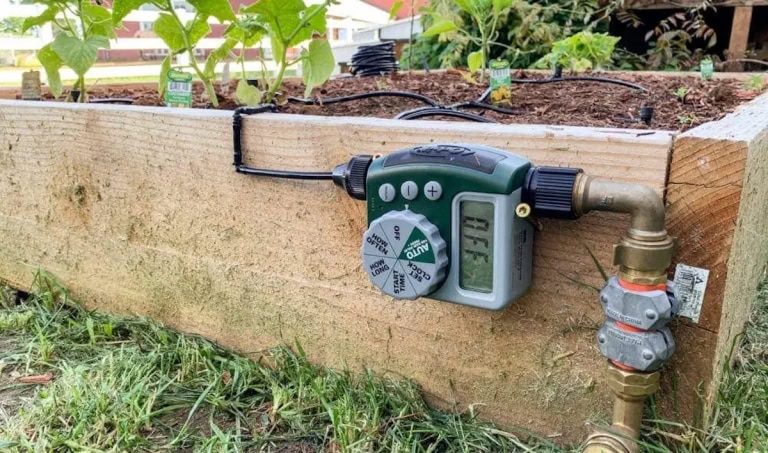Should You Start A No-Till Garden?

Should you actually start a no-till garden? Well, gardeners around the world are embracing this agricultural technique of growing crops without tilling the land.
Over the centuries, tilling has preferred by farmers thanks to its many advantages including the fact that tilling, or digging offers the following benefits:
- Tilling enhances the workability of the soil by breaking it up. This makes it easy for the roots of plants and flowers to penetrate the soil further and grow. This is vital because if the roots cannot push their way easily through the soil, the plant will find it difficult to thrive thus stunted growth.
- Tiling reduces soil compaction and improves soil aeration. This avails more oxygen to the plant roots and also, improves the water drainage.
- It makes it easy to introduce organic matter in the soil, which improves the soil quality.
- Tilling helps to create new planting space, thus, bringing in more nutrients for the plants.
However, tilling is labor-intensive, particularly if you have an extensive piece of land.
This site uses ads and affiliate content as an Amazon associate earning on qualifying purchases. Disclosure.
It can also give life to weed growth since turning up the soil exposes the millions of dormant weed seeds to the sunlight, thus, they can germinate and cause havoc in the garden.
Over time, frequent tilling destroys the natural structure of the soil and this alteration of the soil food web destroys the beneficial organisms and the already-existing micro-organisms working together to improve drainage, soil moisture, and aeration.
To make it easier for gardeners, no-till gardening is here!
So, What Is No-Till Gardening?
Also referred to as ‘no-dig’ gardening, no-till gardening entails leaving the soil alone instead of disrupting the soil using plows, hoes, or other tools to routinely “turn over” the soil.
How Do You Start A No-Till Garden?
In a no-till garden, we still want to achieve a fertile place to plant, improve soil quality, and a few weeds. However, we’re letting Mother Nature do the soil prep for us.
This means you cannot start a no-till garden and expect to plant right away.
You need to plan in advance, preferably, a season earlier for the initial surface area of the soil to be broken down enough so you can plant into the soil the following season.
The best part is that a no-till garden gets better year after year!
Think of it as an undisturbed forest floor where there are no things turning it up and the organic matter breaks down naturally, where nature does all the soil prep and we have good grass and plants growing up each season!
So, if you’re looking to embrace a no-till approach to gardening, here is a quick way to get started so you can ditch that tiller for good.
Choose A Planting Area & Cover It Appropriately
Pick out the location for your garden , preferably, an area that is level as possible.
You want to know if the area receives enough sunlight and water if it floods if the soil is sandy, clay, or rocky?
Simply cover the surface area with layers of newspaper. However, you need a heavier layer of material to weigh it down. Instead, use cardboard which provides a good base, covers well, and over time, completely breaks down.
Covering the area well helps to kill the grass and weeds beneath, and soften the area for planting later.
Add Layers of Organic Material
After laying down the cardboard layer, heap on mulch and other organic material above the cardboard in layers, to a depth of 6-inches.
It is recommended to use something that breaks down quickly like shredded leaves, manure, compost, or straw. Ideally, a mix of several of these options is great!
For instance, lay down 2 layers of compost first, then a layer of straw, and another layer of shredded wood chips or bark.
Now wait for the worms to till the soil as they feast on the cardboard!
Add Supplemental Nutrients
To your layers of organic manure, add optional supplemental nutrients like an organic nitrogen fertilizer to add more nitrogen to the soil.
The goal is to achieve a layer of 6-inch organic material.
To then speed up the decomposition process, keep the layers moist by spraying the planting area with water to soak it. A hose irrigation water system would come in very handy.
Be Patient!
A no-till garden is not prepared immediately. In a matter of months, you will achieve a nutrient-rich planting layer if you follow the process above.
Ultimately, you will have a spongy layer of soil, rich in nutrients and beneficial organisms that are the perfect environment for roots to grow in and expand.
All these layers also act as a mulch to help protect the surface of the soil, drastically reducing the risk of soil erosion and run-off. This improves the rate of water infiltration and the water-holding capacity of the soil.
When you’re ready, use a garden rake to pull away the area where you want to sow your seeds or plant your seedlings.
Also, you can always plant cover crops, especially in the off-season. They will act as a living layer of mulch that adds nutrients to the soil and improves drainage while still protecting the soil surface.
It might take a few years for the soil in a no-till garden to reach its full potential, however, it’s definitely worth the wait.
Is No-Till Gardening Better?
Here are some of the benefits of a no-till garden:
- No-till gardening leaves the soil structure undisturbed, allowing for good drainage, bacteria, and fungi to live in the soil. On the other hand, tilling the soil sacrifices some of these since it exposes the beneficial bacteria to sunlight, killing them off.
- Minimizes the compaction of your soil. Any ground that is not tilled is less compacted than that which is tilled as tillage bursts up the natural soil structure, makes the soil less able to support heavy loads, such as the wheel traffic from tillage operations.
- Unlike tilling that brings millions of weed seeds to the surface, in a no-till environment, the dormant seeds are covered deeper and deeper as we continue to add a new layer or two of organic matter every year.
- In no-till gardening, the soil is more resistant to erosion caused by wind and water. Why? The abundance of mulch cover (stalks, straw, leaves, pods, chaff), maintained on the soil surface, helps with this!
- No-till gardening allows humus to sit on top of the soil to act as a layer of insulation for the soil. While tilling affords your soil that nutritional benefit in humus, if you already have good soil with compost, no-till is the way to go.
- Using layers in a no-till garden allows for cooling of the soil, especially in the summer. This ensures moisture control and the roots can enjoy sufficient moisture for growth.
- Saves you time and cost. No-till gardening saves you in labor costs, fuel costs, and also, time since you save all the expenses that come with tilling the land for planting.
Cons of A No-Till Garden
- No-till gardening is preferable is you only have good soil.
But if your soil quality is poor, you need to till it in order to supply nutrients to the soil fully.
If you have poor soil quality, using the no-till approach might not work.
For instance, if you have cracked dry soil that grass is having a hard time growing because the soil has been degraded over time, or was never built up in the first place, you will need to till the soil.
Tilling your good soil and manure into the dead soil amends that soil and ensure the good nutritional soil is not washed away by the rains.
Do this for a couple of years if you have bad soil to build the soil structure and once it’s good enough that you can dig your hand through without hurting, then you can embrace a no-till garden.
- It takes time to see the benefits of no-till gardening
Patience is important in order to build up quality soil structure in no-till. One can’t hope to see high yields after one season, especially if your soil had been tilled for years.
Give the soil time to regain structure, and that doesn’t happen overnight.
Remember…
The end goal is a no-till garden, especially if you’re an organic gardener because the beneficial microbes and fungi found in an organic garden are so crucial to having a successful garden, and those only thrive when the soil structure is left untouched.
You May Also Like:
10 Ways to Prepare Your Garden For Winter
How to Prepare Your Garden For Fall
Have you tried the no-till approach in gardening?






